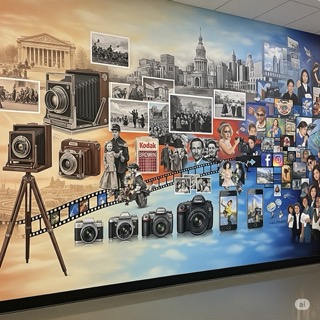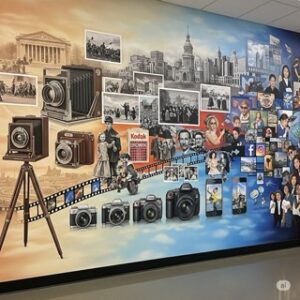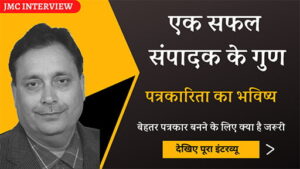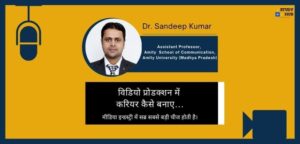Match the following:
| (List I- Media) | (List II- Mode) |
| (a) Interpersonal media | (i) Net chat rooms |
| (b) Inter-active play media | (ii) E-mail |
| (c) Information search media | (iii) Computer gaming |
| (d) Participatory media | (iv) Net search engines |
| Codes: | (a) | (b) | (c) | (d) |
| (A) | (ii) | (iii) | (i) | (iv) |
| (B) | (iv) | (i) | (ii) | (iii) |
| (C) | (ii) | (iii) | (iv) | (i) |
| (D) | (i) | (iv) | (iii) | (ii) |
Correct Ans: (C)
Explanation:
Understanding media classifications and their practical applications sharpens your communication knowledge. Let’s match each media type with its most fitting mode.
Start with interpersonal media. These allow direct, two-way communication between individuals. A perfect example of this is email, which facilitates private, direct exchanges. So, match (a) with (ii) E-mail.
Next, consider interactive play media. These involve playful interaction between user and system. Computer gaming is a classic example. It engages users in real-time decision-making and entertainment. Hence, match (b) with (iii) Computer gaming.
Now, focus on information search media. These platforms help users find data quickly and efficiently. Search engines like Google or Bing serve this purpose brilliantly. So, match (c) with (iv) Net search engines.
Finally, look at participatory media. These platforms allow users to contribute actively, fostering dialogue and content sharing. Net chat rooms exemplify this interaction, as users create and respond in real-time. Therefore, match (d) with (i) Net chat rooms.
To recap:
- (a) Interpersonal media → (ii) E-mail
- (b) Inter-active play media → (iii) Computer gaming
- (c) Information search media → (iv) Net search engines
- (d) Participatory media → (i) Net chat rooms
Option (C) presents the correct sequence.
Understanding this match-up gives you a clearer picture of how digital tools serve different media purposes. It also helps when analyzing user engagement across platforms. Additionally, it deepens your grasp of the evolving media ecosystem. This foundational knowledge proves essential in any communication or media career.














